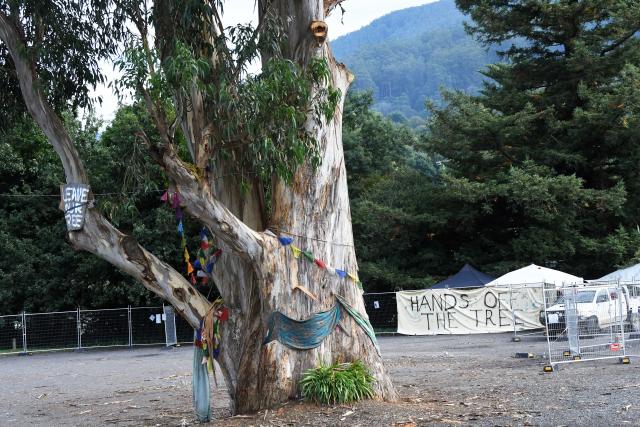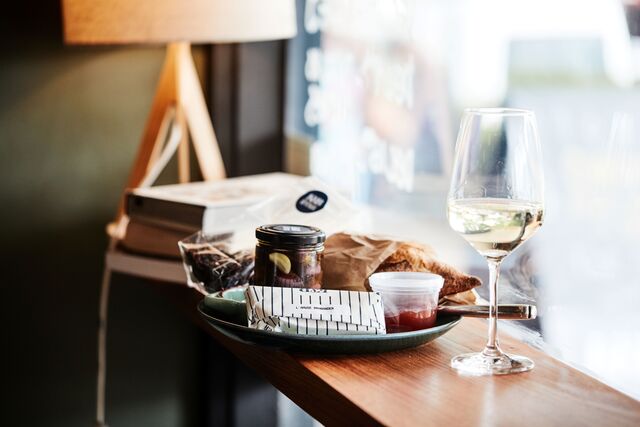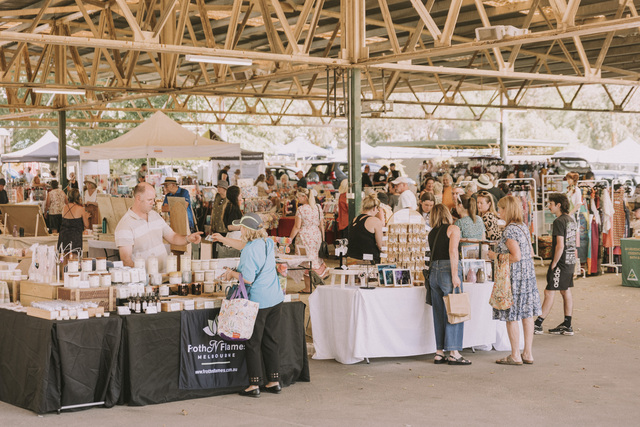The Warburton Tree saga has continued with Yarra Ranges Council releasing a report from another arborist, Ironbark Environmental Arboriculture (IEA), with alternative plans in the works.
The new report still classifies the risk the tree poses in its current state as high but options to retain the lower trunk as a habitat tree are gaining traction.
IEA used the Tree Risk Assessment Qualification (TRAQ) method which found the tree as high-risk and identified two hollows within the tree that animals could use or be using.
In the report, numerous suggestions are made. Here is a brief summary:
Height reduction from 34.5m to 10m, removing most of the canopy and retaining the hollows in the trunk, reducing the likelihood of failure from probable to possible.
Creating an indigenous garden bed suitable to conditions in the Central Highlands in a 10m radius around the tree, reducing risk to pedestrians and parked cars.
Create additional hollows for wildlife using a Hollow-hog, a specialised hollow-boring tool.
Coronet cut the stubs of the cut trunks to mimic natural brakes, and potentially make slits suitable for microbat species.
Perform ongoing management of the regrowth shoots, including an annual visual and risk assessment of the regrowth shoots and the crack between the two tree trunks.
With a website, Facebook page and a change.org petition, the Save the Warburton Tree movement remains strong and they have engaged arborists of their own to provide their input.
Arboricultural and Environmental Consultant at Korong Consulting Peter Goegan has previously been an arborist for a council and said this is a repeated issue he has seen for many years, but that removal should always be a last resort, not the first option.
“It’s an old tree, over one hundred years old. It’s like any living organism when it’s young and vigorous, it can cope better with injuries but I think that amount of injury to that tree would kill it. If you remove 70 per cent of the canopy, it would cease to be a tree,” he said.
“As a rule of thumb, I tend to say never more than 40 per cent of the canopy should be removed. It starts throwing out new shoots, which is called epicormic growth and they are not structural or load-bearing branches, they’re naturally a survival mechanism and an inherent danger.”
At its current 34.5m, a complete structural failure of the tree could see it fall across almost the entire Ottrey Car Park, across the Warburton Highway and even into the western wall of True Value Hardware.
Two cables are currently in place in the tree at 16.6m and 8.6m and Mr Goegan said more could be used to retain the tree.
“Some cabled trees have been cabled for 60 or 70 years, and they’ve stood up quite well especially older, significant trees, some have as many as 20 or so cables,” he said.
“It just needs to be checked every two to three years to make sure the cables are still holding up and also to compensate for any growth patterns. Trees are dynamic entities, they’re not static.”
In the IEA recommendations, a zoologist will be required to examine for fauna before reduction and an arborist would be in attendance to minimise root damage in the removal of the car park for the garden bed. If the garden bed is not feasible, the tree risk would be unable to be reduced to low.
Mr Goegan said the proposed garden bed with grasses and ground covers would be perfect.
“A 10m radius is substantial, eucalypt branches tend to fall straight down so if you take away the impact zone, it’s highly unlikely that anyone gets injured or any property will get damaged,” he said.
“You have to be careful what you plant however, if you start putting shrubs like acacias and melaleucas and grammarians in there, they can be very aggressive and draw a lot of the nutrients and moisture which in the past, the tree hasn’t had to compete for.”
The IEA report suggested quick-growing Silver Wattles (a form of acacia) to form an understory and shade the tree hollows and prickly shrubs such as Hedge-wattle and Sweet Bursaria to discourage people from standing directly under the tree and create a habitat for small songbirds.
In a statement on Tuesday 11 April, Council stated Council that it will not conduct works beyond critical safety works until all aspects of this matter are properly considered.
“The Yarra Ranges is renowned for its beautiful, treed landscape, with many species boasting lifespans of hundreds of years. Decisions to undertake significant works on such trees is never easy,” it reads.
“It is important to note that Council does not commission independent arborist reports with a predetermined outcome in mind. If anything, we are always hopeful that options can be found to save a tree.”







